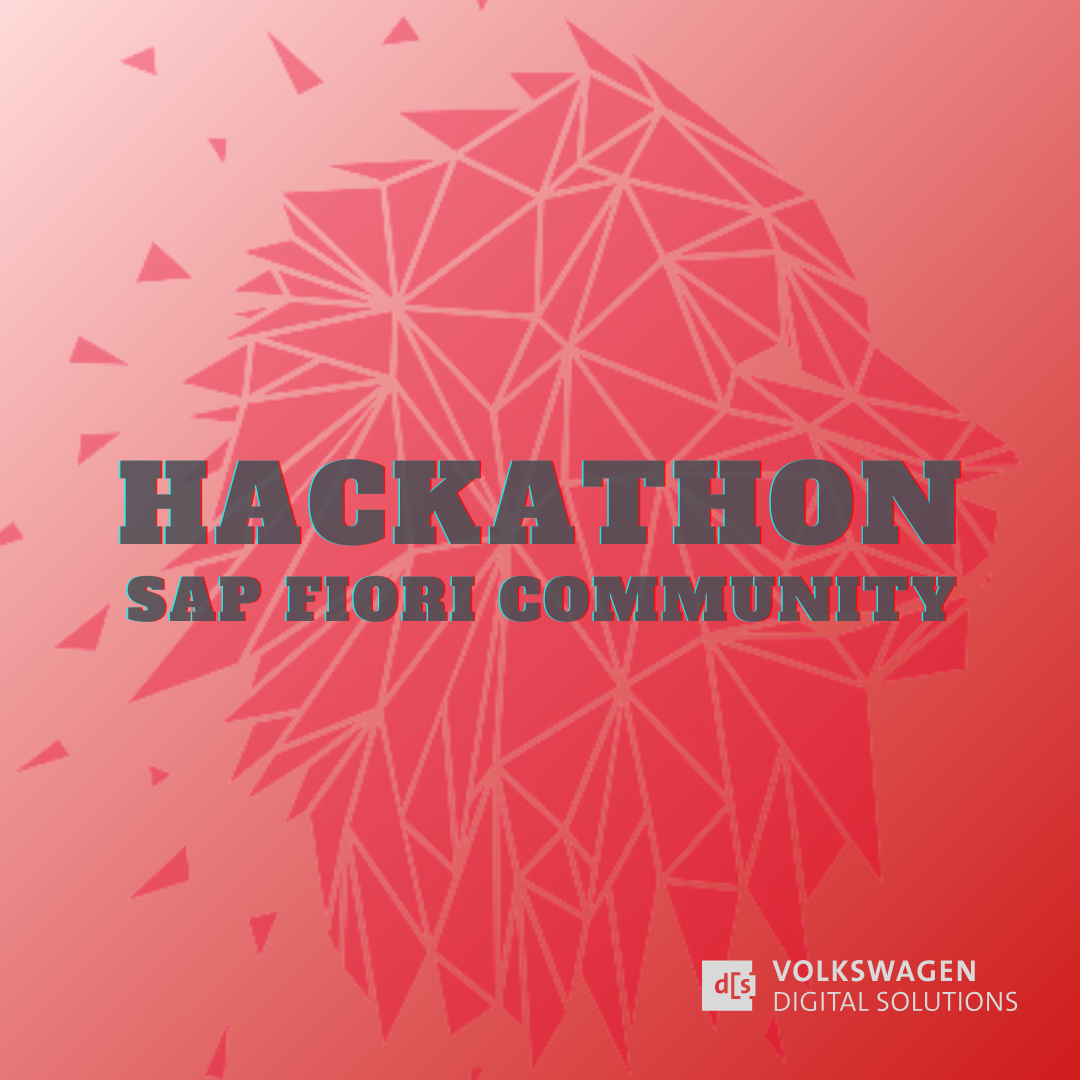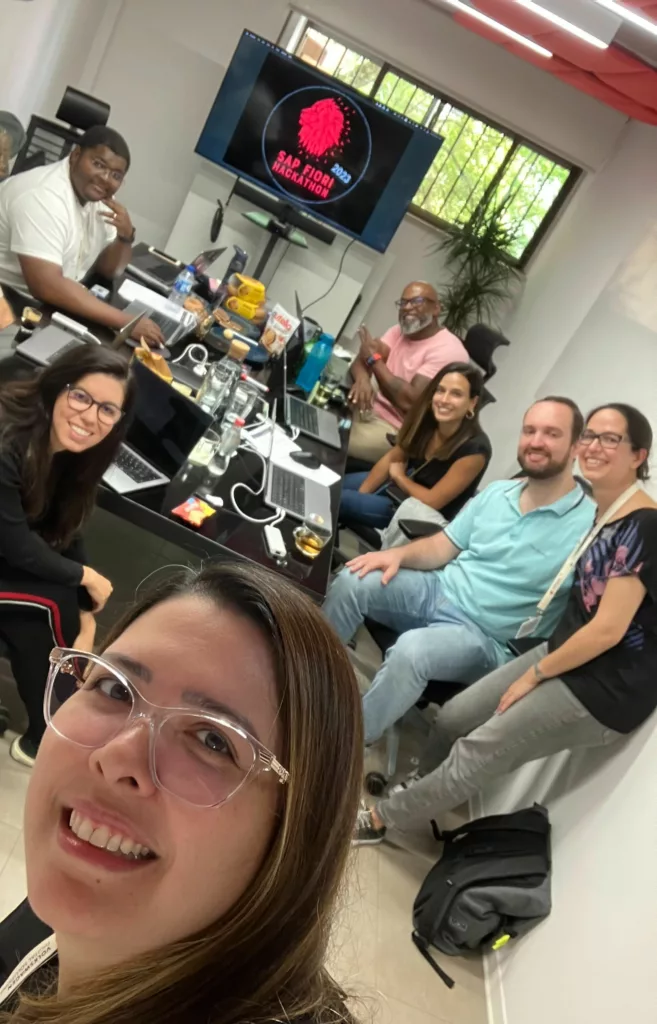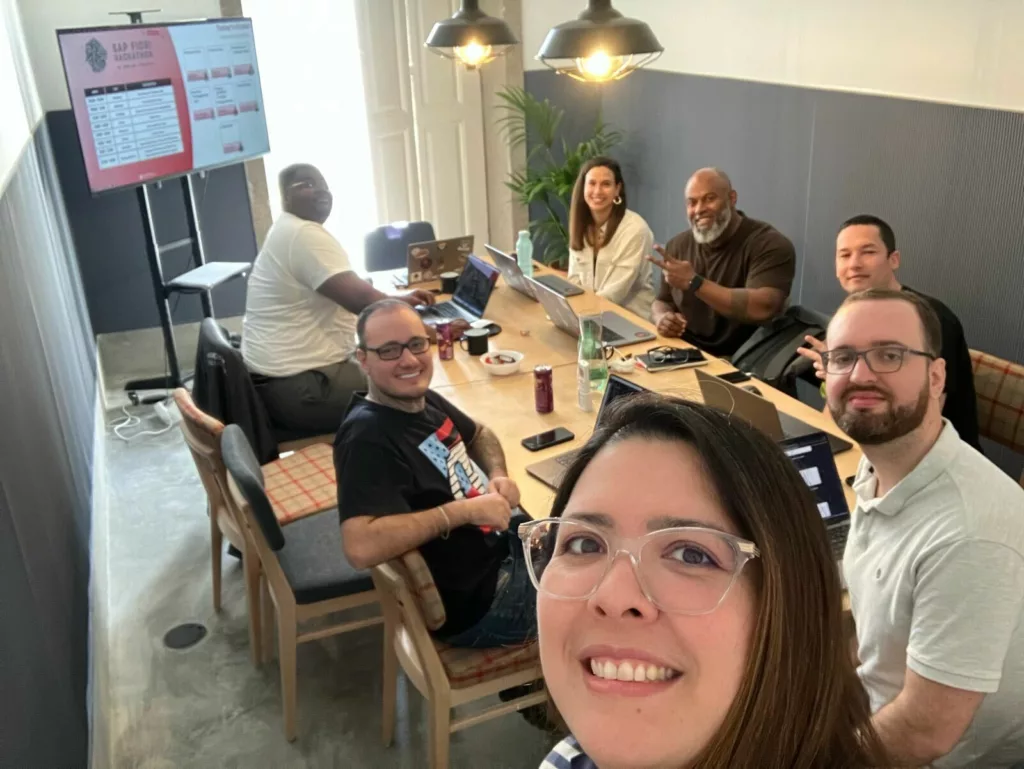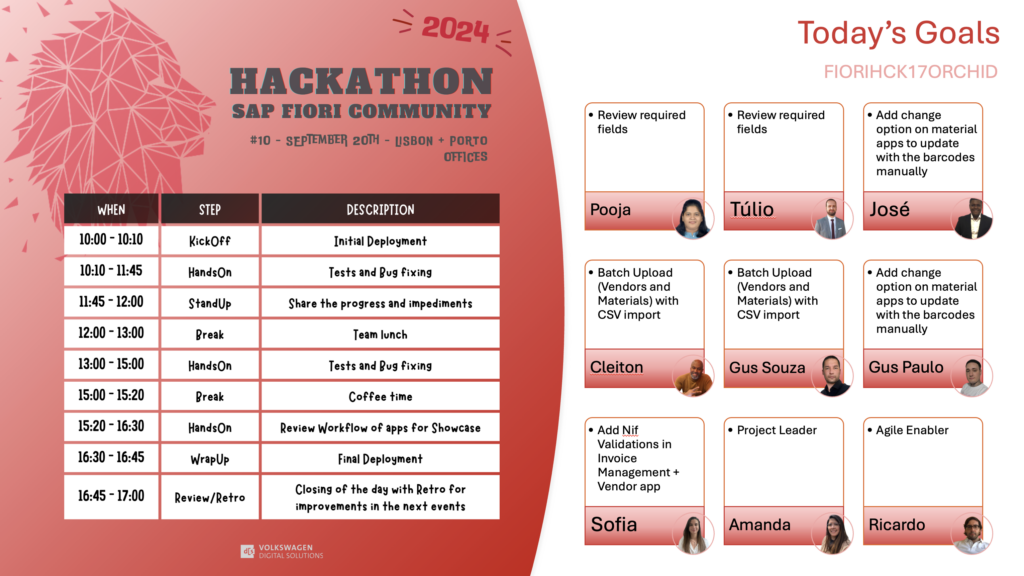Hackathon-Driven Innovation

Hackathons are synonymous with innovation and agile prototyping in the tech world. However, the traditional model often focuses on competition or specific product challenges, sometimes overlooking broader goals like integration and continuous learning.
By letting teams choose their own technology stacks to learn and using hyper sprints, hackathons create a collaborative, dynamic environment that encourages creative problem-solving. The customizable nature of these events makes them relevant across various departments and technologies.
To address these broader goals, we present a structured approach to hackathons that emphasize learning, collaboration, and agility, specifically designed for hybrid teams with diverse skills and backgrounds.
Enhancing Motivation and Retention
Hackathons do more than just spark innovation; they enhance employee motivation and retention. By creating a relaxed environment promoting integration and offering opportunities for individuals to grow and expand their skill sets, these events provide a platform for continuous learning, all while ensuring that initiatives remain aligned with business objectives.
But first of all, what is a Hackathon?
At its core, a hackathon is a “hacking marathon.” In a creative context, “hacking” refers to finding innovative or unconventional solutions to problems. This might involve repurposing existing tools in unexpected ways or thinking outside the box to achieve a desired outcome. Creative hacking blends resourcefulness, experimentation, and lateral thinking.
Hackathons have become a key driver of innovation in the tech world, but they can also serve broader purposes such as promoting integration, learning, and agility. These events present exceptional opportunities for individuals to expand their knowledge and skill sets.
Objectives of Hackathons:
- Foster integration among hybrid teams with diverse skills and backgrounds.
- Encourage continuous learning by exploring new technologies and methodologies.
- Empower teams to choose their technology stack, promoting ownership and innovation.
- Implement agile methodologies with hyper sprints to boost efficiency and adaptability.
Now that you know our goals, let’s dive into how hackathons really work—and how fun they can be!
Framework for a Successful Hackathon:
1. Pre-Hackathon Preparation:
- Brainstorming Session: Start with brainstorming to define the solution, objectives, themes, and challenges aligned with the organization’s goals and industry trends.
- Team Formation: Organize cross-functional teams with members from diverse backgrounds.
- Preparation: List prerequisites like licenses or training sessions, and provide resources to explore technologies before the event. Start a backlog of functionalities for the solution.
2. Hackathon Execution:
- Kickoff: Begin with an orientation on objectives, rules, and goals for the day.
- Team Collaboration: Facilitate team formation and technology stack selection, encouraging collaboration and knowledge sharing.
- Agile Methodologies: Use short, iterative sprints with flexibility and adaptability at the forefront.
- Support: Provide mentors and subject matter experts to guide teams through the hacking process.
- Culture of Creativity: Encourage experimentation and unconventional solutions.
- Breaks & Focus: Schedule breaks and follow the agenda to maintain focus. After each break, hold a stand-up session to check on progress and provide assistance if needed.
- Retrospective: End the hackathon with a retrospective session to identify what went well, what could improve, and what to stop doing in future hackathons.
- Continuous Learning: Gather insights and lessons learned to inform future hackathons and organizational initiatives.
3. Post-Hackathon Follow-Up:
- Retrospective Board: Keep a board with retrospective notes to track improvements over time.
- Peer Feedback: Encourage feedback and reflection for ongoing learning.
- Showcase Day: When the solution is ready, this could take a few hackathons, host a demo day for teams to showcase their work.
- Recognition: Celebrate and reward teams for their achievements to foster a culture of appreciation.
- Learning Over Outcomes: Prioritize learning from the process over the actual outcomes.
Benchmarking Successful Hackathons
- Facebook: Hackathons led to features like the “Like” button and Facebook Chat.
- Google: “Code Jams” produced products like Google Maps and Gmail.
- LinkedIn: “InDays” sparked the creation of LinkedIn’s mobile app.
- X (Twitter): “Hack Week” led to features like the “Retweet” button and Twitter Polls.
- Netflix: Hackathons inspired personalized recommendations and interactive content.
- Microsoft: Their “OneWeek Hackathon” resulted in products like the Microsoft Surface Hub.
- Airbnb: Hackathons led to innovations like Airbnb Experiences.
- Uber: Hackathons created features like UberPool and UberEats.
These examples show how hackathons drive innovation, also resulting in new products and features that benefit users.
Benefits of Hackathons
- Hybrid Team Integration: Hackathons bring together individuals from different departments and backgrounds, fostering inclusivity and diversity within the organization.
- Learning Focus: Encouraging exploration and experimentation, hackathons promote continuous learning and skill development, helping participants stay updated with the latest technologies.
- Technology Flexibility: By allowing teams to choose their technology stack, hackathons empower them to leverage their expertise while exploring new tools and platforms.
- Agile Methodologies: Short sprints promote rapid iteration, feedback-driven development, and effective project management, ensuring timely delivery of solutions.
Our own VWDS experience
Within our SAP Fiori Community in Portugal, we faced a learning challenge that wasn’t progressing as expected. For six months, we struggled to reach our goal of developing an app to learn SAP CAP, making little to no progress. This is when the idea of organizing a learning hackathon emerged.
Working closely with our Agile Enabler, we created an initial framework and put it into practice. Six months later, we had refined our approach into what closely resembles the hackathon structure described above. However, this framework remains “live,” continuously evolving to adapt to new needs and feedback.
It’s now been over a year since our first hackathon, and the team has grown and adapted along the way. Using tools like Microsoft Teams Breakout Rooms, Loop, and a dedicated Hackathon Slack channel, we’ve successfully held fully in-person, hybrid, and remote hackathons. These tools helped us overcome challenges and maintain a seamless flow of collaboration.
This experience has empowered the community to make their own learning choices, deepen their knowledge, and enhance their presentation skills. At the same time, it has fostered a more united community. What makes this even more remarkable is that our SAP Fiori Community is composed of members from three different teams. This learning-centered approach has integrated teams that otherwise wouldn’t have had much interaction, ensuring that we all grow together.
From Concepts to Culture
Hackathons are powerful drivers of innovation, learning, and collaboration. By promoting integration among hybrid teams, fostering continuous learning, and implementing agile methodologies, they create a dynamic environment that encourages creativity and problem-solving. Allowing teams to choose their own technology stacks empowers them to innovate and explore new possibilities, while the structured approach of pre-hackathon preparation, focused execution, and post-hackathon reflection ensures that the outcomes are both impactful and aligned with business objectives.
Beyond innovation, hackathons also enhance employee motivation and retention by providing a platform for growth, skill development, and team integration. This holistic approach, as demonstrated by our own VWDS experience, highlights how hackathons can transform both individuals and organizations, driving long-term success and a culture of continuous improvement.
Ready to unlock your team’s potential with a Hackathon?!
If you have any questions or need guidance on setting up your own event, feel free to reach out—I’d be happy to help!










